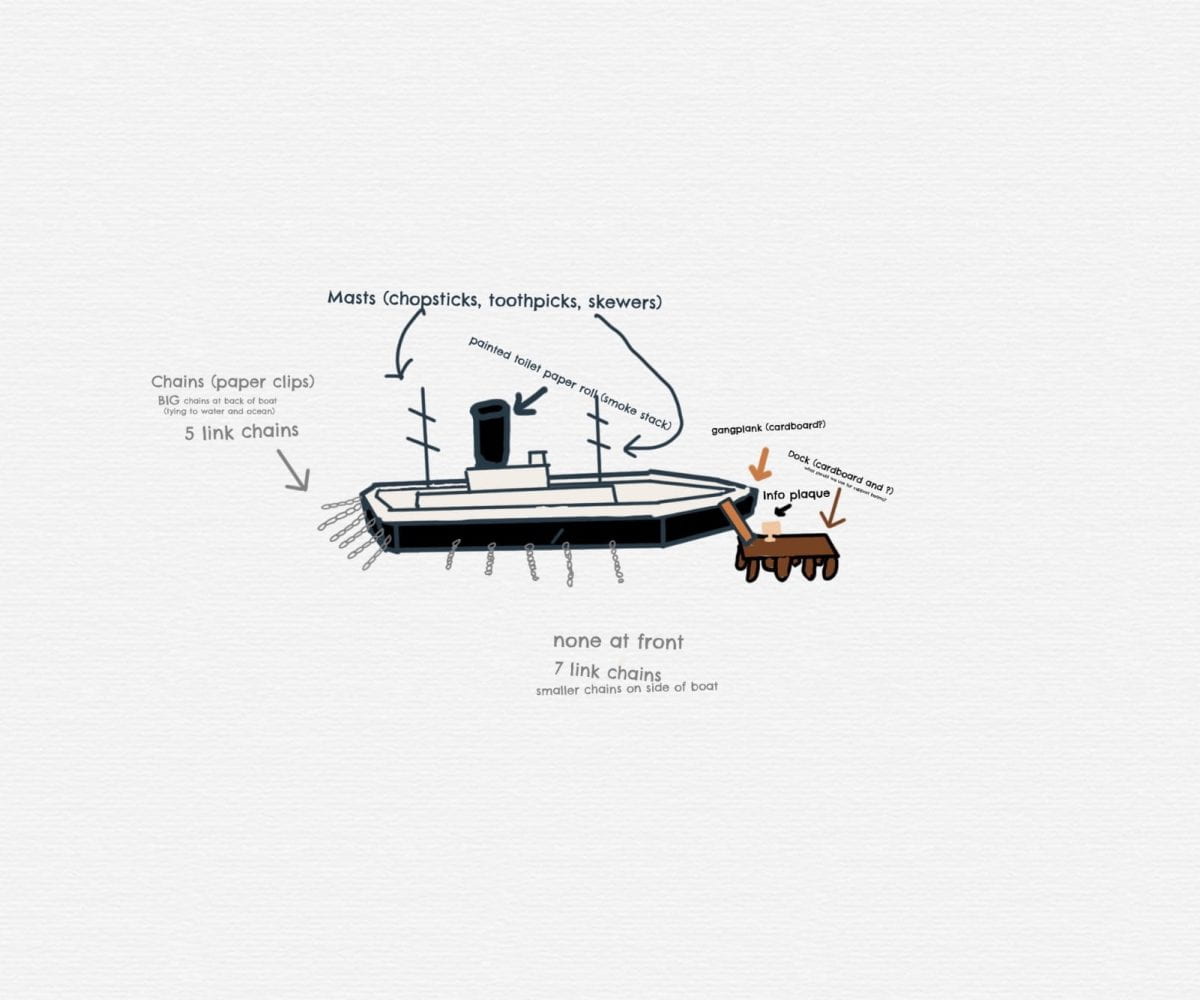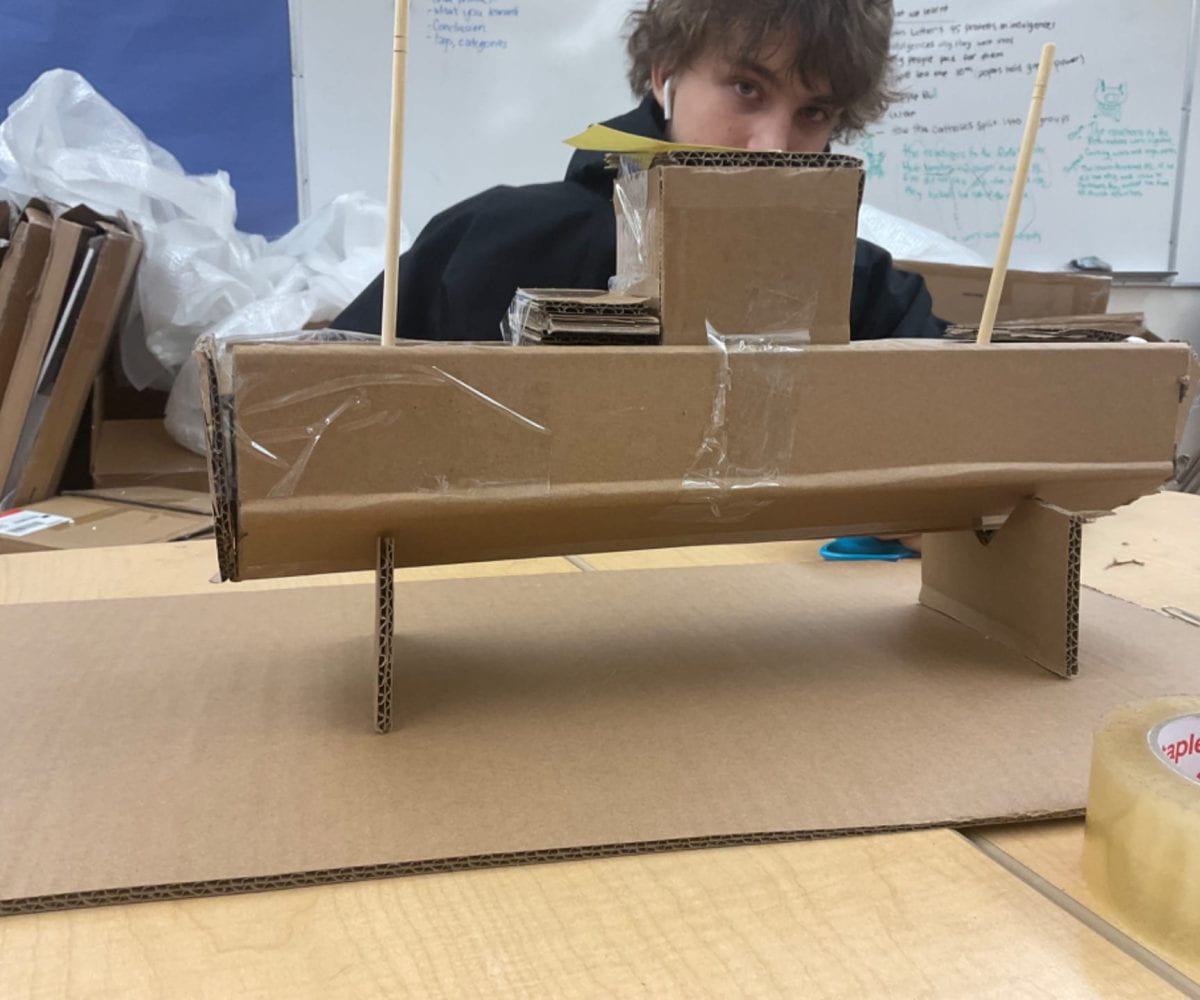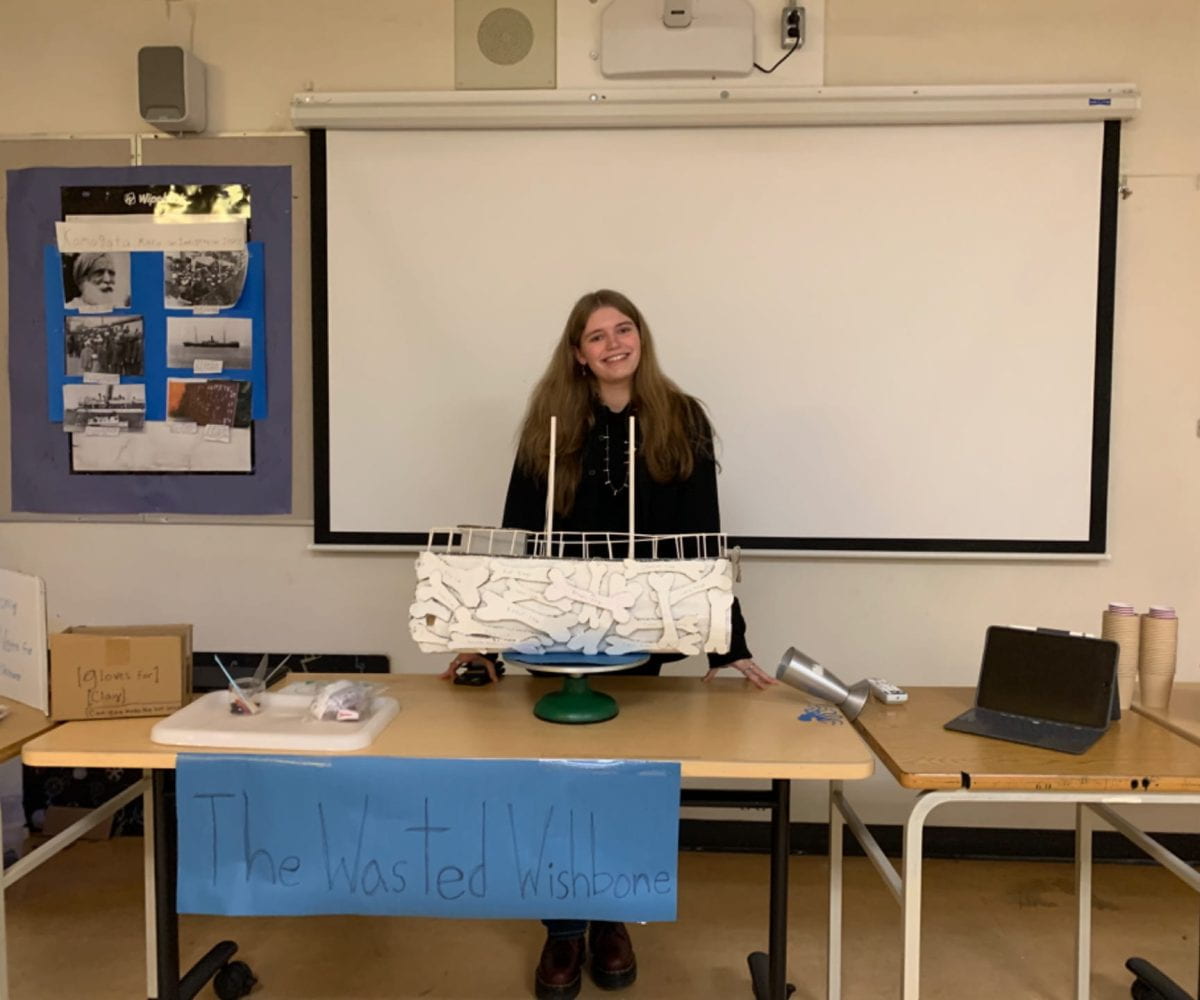
The Hiroshima Peace Memorial, The 9/11 memorial, The Gun Violence Memorial Project… these memorials were all created to educate, commemorate and foster reconciliation and change.
In our recent project called The Ology of an Apology, we learned about the importance of memorials and apologizing. What we learned and created along the way helped us strengthen our understanding and craft our answers to the driving question: How can we keep an apology alive so the wrongs of the past are remembered and not repeated again?
Our end project was to create our very own memorial and if we wanted to create a successful result we needed to learn what makes a powerful memorial.
Right off the bat, we turned on our creative brains, and using Lego we had to create our own memorial. We could make our memorial about anything we wanted and we used these categories to help inspire the purpose and design of our memorial.
- Historical preservation
- Cultural identity
- Education
- Community healing
- Civic engagement
- Tourism and economic impact
- Reminders of values
- Celebration of achievement
I chose to make a memorial for Elsie Macgill: 
It looks a lil’ silly but I did my best with what I had and most people could tell it was a plane! So I am taking that as a win. For further detail about my memorial concept click here!
We continued to learn about the importance of memorials and then started talking about what we were going to be showcasing. At the exhibition, we were going to show off our very own model memorial. Our class got split into groups of 3 and was given a minority group to build a memorial that engages the public and brings attention to the past wrongs. The groups we were focusing on were the Japanese, Chinese, and South Asian immigrants who came to British Columbia. My group mates were Cameron L and Magnus and we were focusing on South Asian racism from B.C.
Before we could jump right into creating our memorials we had to revisit and learn about what the immigrants who came to Canada went through. For the Duration of the week we learned about the situations and racism that the Japanese, Chinese and South Asian immigrants endured. I was shocked to learn that Japanese immigrants had to pay for their own interment. They were restricted and not allowed to leave the areas they were kept in and their mail was censored. Ultimately it was practically paying to be in jail. The Canadian Government had no proof of the Japanese being spies and fear was a big factor of why they acted that way. I noticed that the White Canadians always seemed to be scared of loosing their jobs and being overpowered by the immigrants coming to B.C.
We then used the notes and information we learned to craft and support our memorials. My group mainly focused on Sikh immigrants who came to British Columbia.
Cameron, Magnus and I chose to create a memorial about the Komagata Maru Incident. On May 23, 1914, the Komagata Maru arrived in Vancouver’s Burrard Inlet. There were 376 passengers including 340 Sikhs, 24 Muslims, and 12 Hindus on board and they were denied entry into B.C. The reason the Komagata Maru passengers weren’t allowed to come off the boat was because of the Continuous journey regulation. This regulation required immigrants to come directly from their place of origin to Canada without making any stops. Canadians were done with South Asian immigrants and this regulation was created to specifically deter them. The journey from South Asia was quite impossible without stops. I found it crazy that they were so set on finding a way to stop South Asian immigration.
Along with the physical memorial we had to create, we also needed to have supporting information to be displayed. Each group member had to create a piece of work that we would then show to the people at the exhibition. 3 pieces needed to be created: One about the Apology given to South Asians, One about the immigration stories and one about the discrimination South Asians experienced in B.C. I chose to talk about the immigration of South Asians, Magnus talked about the Apology and Cameron took on the Discrimination stories.
Now that we finished making our supporting evidence, we needed to get our groove on and start our memorial because the exhibition was less than a week away. Initially, I wanted to incorporate chains on our memorial. When I think of chains I think of using them to keep something down and to restrict mobility. The passengers on the ship were restricted, they were not allowed to come off the ship and had no access to food or water. Cameron had the idea of making a model of the ship and having it in Burrard Inlet (actually in the water). People would be able to go on the ship and see how the conditions were. I thought the idea was cool but it didn’t feel like a memorial to me and more like an exhibit. To collaborate we settled on the idea of still having a model boat but it would be on a field near Burrard Inlet instead of in the water.
To stay organized we had to check in on basecamp to see what we needed to finish, what we needed to bring and what we had done. Also, we had a document where we could see each other’s notes, and resources and put ideas we had for our memorial and our exhibition set up.
To help people understand the importance of the memorial we created a poster board explaining the Komagata Maru’s story, the design elements, the reason for the location and how it keeps the Komagata Maru’s apology alive. Cameron presented the actual memorial along with our poster board. Magnus and I showcased the information pieces we made about the Apology and Immigration stories of South Asians. Everything came together in the end and I am happy with what we created!

To engage the audience we had an interactive part of our booth. When I was learning about the Komagata Maru it was all new to me so I thought maybe it would be for others. After we talked to the people who came to our spot we encouraged them to write a few words about their biggest takeaway or how they felt after learning about the Komagata Maru.
Some are just drawings or a few simple words but there seems to be a collective sense of disappointment in the actions of Canadians.
Although I liked our memorial and location, l felt like it was a little awkward. To me the ratio seemed off because I didn’t want people to look up and just see the bottom of the boat. I wanted them to be able to see the details from ground level without having to go onto the boat. If I had the chance to do it over again maybe I’d try and steer away from just making a model of the ship (or make model smaller). If I wanted to stick with the chain idea I had the thought of having a long chain and on each side of a part of the chain there would be one of the Komagata Maru’s passenger’s names etched in. 
Throughout this project, I have gained an understanding of the importance of memorials when it comes to keeping apologies alive. Not only do they preserve apologies, they are in public places for people to engage with, learn from and to reflect on the past. Their educational significance provides historical context, raises awareness and promotes inclusivity in societies.
Also, in order to keep apologies alive, the future generations need to be educated about history’s past injustices. By adding these pivotal events into the curriculum, future generations can continue to learn from history; therefore preventing the recurrence of similar actions in the future. In the end, remembering and educating ourselves about our history can lead us to an understanding, educated and compassionate society.
Thank you!
















